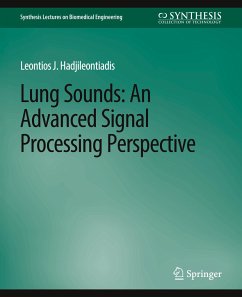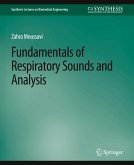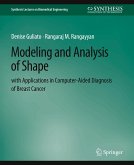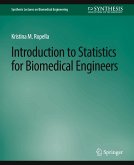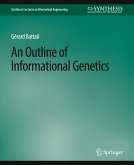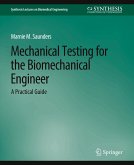Lung sounds auscultation is often the first noninvasive resource for detection and discrimination of respiratory pathologies available to the physician through the use of the stethoscope. Hearing interpretation, though, was the only means of appreciation of the lung sounds diagnostic information for many decades. Nevertheless, in recent years, computerized auscultation combined with signal processing techniques has boosted the diagnostic capabilities of lung sounds. The latter were traditionally analyzed and characterized by morphological changes in the time domain using statistical measures, by spectral properties in the frequency domain using simple spectral analysis, or by nonstationary properties in a joint time-frequency domain using short-time Fourier transform. Advanced signal processing techniques, however, have emerged in the last decade, broadening the perspective in lung sounds analysis. The scope of this book is to present up-to-date signal processing techniques that have been applied to the area of lung sound analysis. It starts with a description of the nature of lung sounds and continues with the introduction of new domains in their representation, new denoising techniques, and concludes with some reflective implications, both from engineers' and physicians' perspective. Issues of nonstationarity, nonlinearity, non-Gaussianity, modeling, and classification of lung sounds are addressed with new methodologies, revealing a more realistic approach to their pragmatic nature. Advanced denoising techniques that effectively circumvent the noise presence (e.g., heart sound interference, background noise) in lung sound recordings are described, providing the physician with high-quality auscultative data. The book offers useful information both to engineers and physicians interested in bioacoustics, clearly demonstrating the current trends in lung sound analysis. Table of Contents: The Nature of Lung Sound Signals / New Domains in LS Representation / Denoising Techniques / Reflective Implications
Bitte wählen Sie Ihr Anliegen aus.
Rechnungen
Retourenschein anfordern
Bestellstatus
Storno

